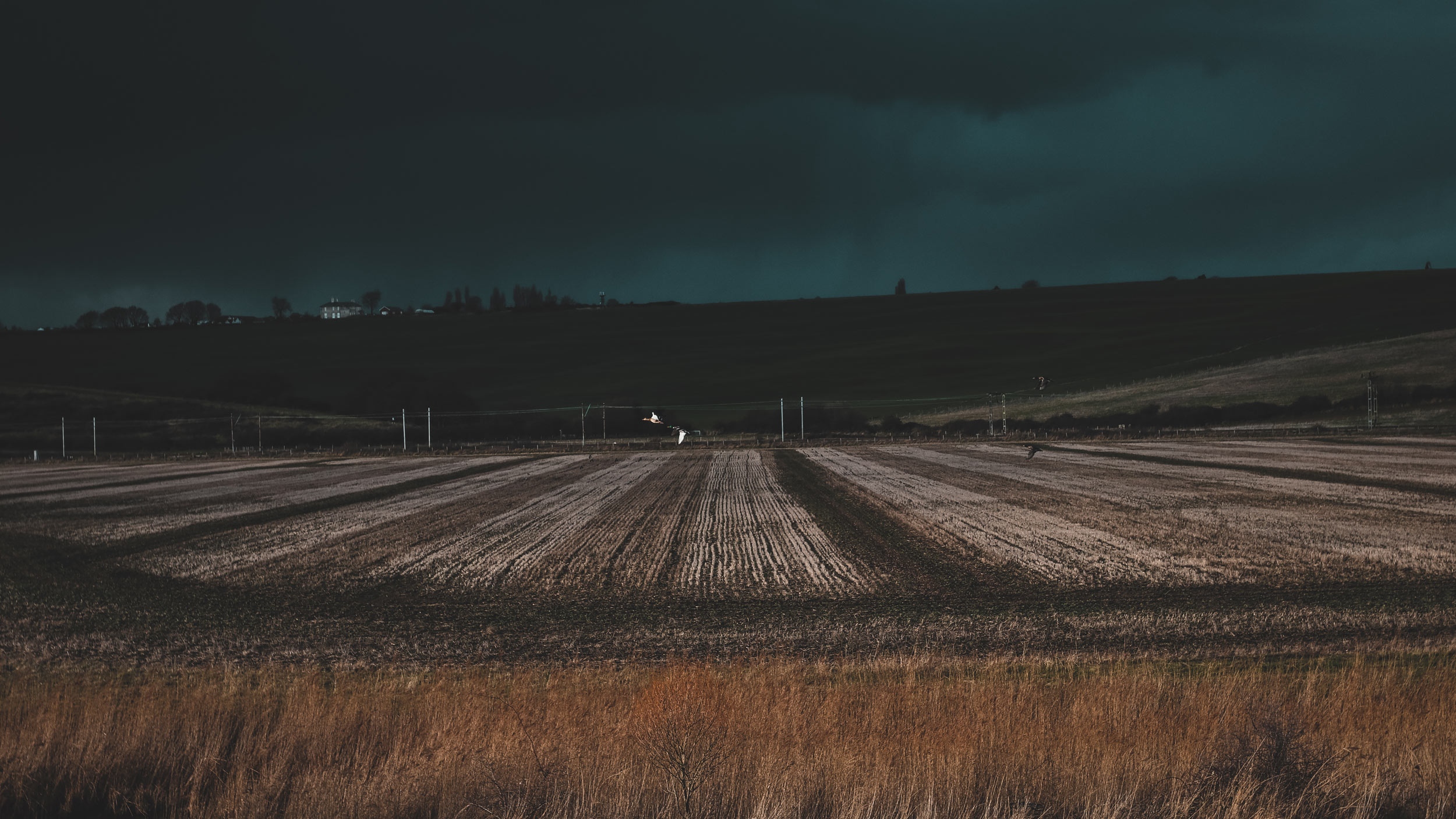Changing Land Use and Land Cover
THE CONVERSION of natural habitat to land used for agriculture and industry is occurring on a global scale, driven by an increasing demand for food, animal products, biofuel, and even cosmetics. Habitat conversion alters the structure and function of ecosystems in many ways, including:
• Substantial reduction of biological diversity, and nitrogen and phosphorous deposition from agricultural field runoff.
• Local air pollution and greenhouse gas emissions from land clearing by burning, which is particularly problematic in tropical and subtropical regions where oil palm cultivation is rapidly increasing.
• Soil degradation, causing desertification and contributing to greenhouse gas emissions by eroding soils and releasing stored carbon.
• Impacts on water quality and quantity, and exposure to water-borne and vector-borne disease in ways that are inadequately understood.
L2: Develop an understanding of the role of land use planning in sustainable development and human health.
L3: Explain the roles of and relationships between key stakeholders when considering issues of land use and land cover change
This undergraduate level course will provide students with tools to identify and address real-world global environmental and urban health issues. In addition to reading and discussing subject content to assist in the understanding of the issues, students will learn skills to optimize the likelihood of affecting policy change through 1) the Health Impact Assessment framework; 2) an introduction to environmental health modeling and spatial analysis, and 3) science communication skills. University of Wisconsin-Madison, Spring 2017.
→ Syllabus
→ Weekly Course Topics and Schedule
A Struggle for Power in China: The Three Gorges Dam
The Three Gorges Dam in China is one of the world's largest hydroelectric dams, providing energy for millions of people. However, the dam's construction forever altered the Yangtze River ecosystem and the lives of local residents. In this case study exercise, students explore the complex and inter-related issues associated with large ecosystem-altering projects like dams and develop a persuasive argument for or against their construction. Produced by The National Center for Case Study Teaching in Science.
→ Case Study
Applied Environmental Law and Health Syllabus
This course for law students expands the vision, analytic skills, and experiences of students interested in environmental law as well as students interested in environmental health. The readings, classroom activities, and projects expose students to a variety of current, real-world challenges which integrate (or could be more effective if they did integrate) environmental law and health. University of Illinois, Fall 2017.
→ Syllabus
Ecosystem Approaches to Health Teaching Manual
A teaching manual with sample modules and associated activities for teaching about health and environmental change produced by COPEH-Canada.
→ Español
→ Français
→ English
Global Environmental Change
This University of California at Santa Barbara course focuses on the social science perspectives on global environmental change (GEC). It explores various issues through perspectives from geography, political ecology, ecology, institutional economics, and political science. An understanding of the core concepts of land cover change, human impacts on environmental sustainability, and the human ecological footprint will be fostered.
→ Syllabus
Land Use Planning for Public Health: The Role of Local Boards of Health in Community Design and Development
(L1, L2, L3) This guide for local US boards of health explains health issues that arise from the built environment and encourages land use planning to incorporate public health impacts into assessments and policies.
→ Guide
Articles
